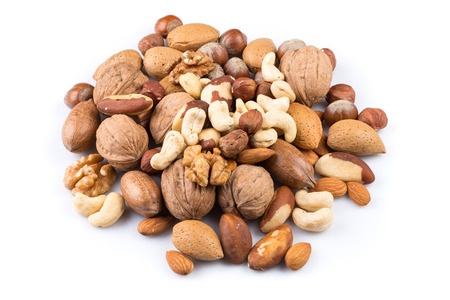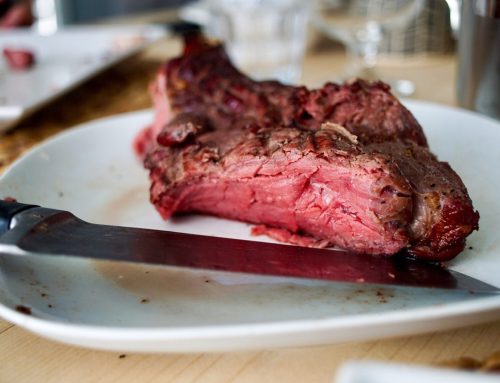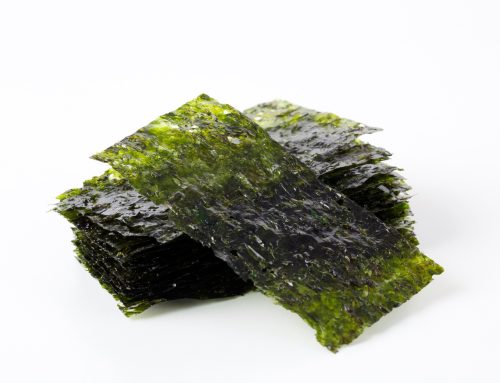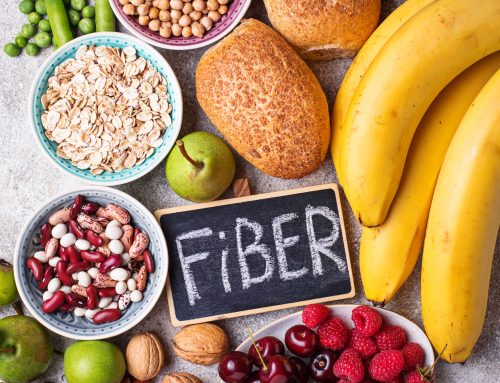Calories in nuts? They may be quite a bit lower than are being reported on most nutrition labels. A new method of measuring calorie absorption is starting to change the thinking of how to measure the number of calories in nuts.
New Thinking on Measuring Calories in Nuts
If you are in the habit of memorizing KIND bar labels, you may notice kind of a drop in the calorie counts for some of their bars. Actually, in some cases, the drop can be as much as going from 200 calories down to 170 calories.
The reason for the update in calorie counts is not because the bars have shrunk or that ingredients have been changed to something else like air. What’s changing is nuts. Or rather the way calories are measured for various tree nuts.
How Calories Have Traditionally Been Measured
How then have people measured calories in food? Well, originally, it was the bomb. The “calorie” that appears on a food label is actually equal to 1,000 calorie energy units or a kilocalorie, as Jim Painter, PhD, RD, described for Scientific American. This is how much energy it takes to increase the temperature of one kilogram of water by one degree Celsius.
That is, something called a bomb calorimeter, a sealed container that is surrounded by water. You can place the food in the container and then set it afire. When the food has been totally burned, voilà, the bump in the water temperature per water volume gives you the calorie measurement.
Now, it’s not as if every food manufacturer has someone constantly setting all of its products on fire.
Instead, a more indirect method, called the “Atwater system,” has been the typical way to determine calorie counts for food labels. As Painter described, this system takes the average calorie counts for major nutrients that were originally determined by burning them and then multiplies these averages by the nutrient content of the food item of interest.
Painter gave the example of an energy bar containing 10 g of protein, 20 g of carbohydrates and 9 g of fat translating via the Atwater method to 201 kcals or calories for the label. He added that traditionally the carbohydrate amounts used in this calculation is actually the total carbohydrates minus the amount of fiber, because fiber is not digested and tends to run right out through your poop.
Speaking of poop, this method sort of lumps together different foods that happen to provide a given nutrient. This may not be very accurate. Like people, food can be a lot more complex than just existing in the broad nutrient categories.
Your body handles different foods differently based on their structure, form, and many other factors beyond simple nutrient composition. Your body is not just a sealed container surrounded by water that then sets food on fire, unless, of course, you happen to be a furnace in a swimming pool.
Another Method for Determining Calories in Nuts
This past decade David J Baer, PhD, Janet A Novotny, PhD, and Sarah K Gebauer, PhD, from the U.S. Department of Agriculture (USDA) have tried a different method to calculate the number of calories in nuts.
Their study results have been published in the American Journal of Clinical Nutrition:
• Researchers fed 18 healthy adults a “controlled diet” or “an almond-containing diet” for 18 days.
• They then did what you always do when you feed someone. They collected their pee and poop.
• This was to analyze how much of the almonds were actually metabolized and converted into energy for the body and how much ended up being disposed of by the body.
• Based on these measurements, the study found the energy content of almonds to be on average 4.6 kilocalories per gram, which is about 129 kilocalories per 28 gram serving.
• This is about 23% less than what’s calculated by the Atwater method.
• That would be about a 23% to 24% drop in the calorie count for almonds.
• In other words, the Atwater method may be overestimating the energy content or calorie counts of almonds by 32%.
The same scientists did something similar for another tree nut: walnuts. As detailed by a publication in the Journal of Nutrition, they found the calorie counts for walnuts to be 21% less than what was calculated by the Atwater method. The research also tried the same approach for cashews.
This is yet further evidence that nutrition is a lot more complex than currently understood. And better understanding and appreciating this complexity should be a priority.
Click here to get better answers to the question of calories in nuts.







